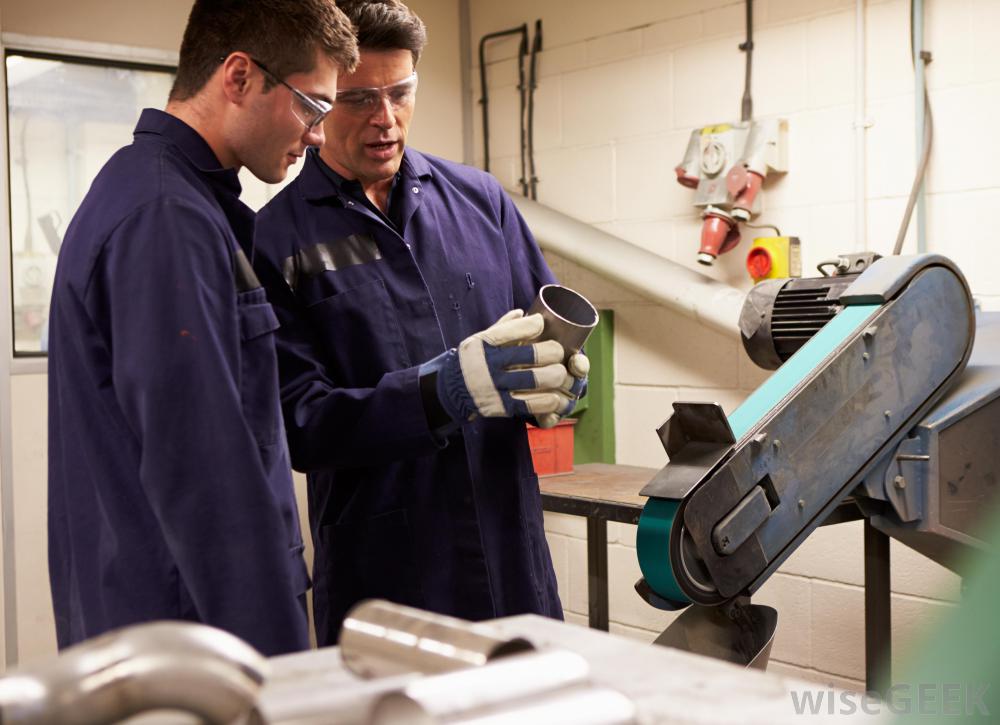Jordan Rehill (Research Analyst, Education and Employers)
As Director of the Institute of Employment Research at the University of Warwick, Professor Chris Warhurst has published a number of studies and papers exploring labour market trends and issues. In relation to Tracktion, Chris has extensive experience designing, planning and implementing graduate tracking protocols in Higher Education (FutureTrack) and Vocational Education (VETrack) in the UK. Chris kindly agreed to provide his views and insights on why graduate tracking was so important, and some of the key lessons from his experience tracking VET students.

Tracktion aims to improve Vocational Education and Training (VET) schools’ understanding of “VET-to-work transition systems” through a tracking protocol that simplifies data collection and provide a guide for schools to build and sustain successful alumni relations.
You can subscribe and read the Tracktion newsletter by clicking here and pressing “Subscribe” on the bottom right hand corner of the page.
What are the differences involved in tracking university versus VET students?
VET students are, on the whole, just a different different sort of cohort to university students. University students on the whole tend to be more middle class whereas students in FE and apprenticeships particularly FE tend to be working class. The students tend to be less academic and tend to be less dedicated towards filling in academic surveys.
It was also difficult to track them because there was no best medium through which to access them. With Future track (The national UK university tracking survey) we were able to track them from the beginning from the point they were entering university and track them through their student intranet and university emails.
Currently, FE students and apprentices don’t have that same connectedness with their college. They tend to be slightly younger, 16, 17 18, and trying to track them down through a stable medium proved difficult. With Future track it was easy we contacted them through email addresses, but the FE apprentices were unlikely to use email addresses and more mobile phones and Facebook.
Did you do the tracking through the course tutors?
Initially it was through the college, but we found that the colleges didn’t have good communication channels with the students on an individual level. Also the colleges seemed to be too busy and preoccupied trying to set up these communication channels themselves to incorporate us into that process.
We are piloting a pre and post-graduation survey for VET graduates. Have you had any experience using this type of two-stage surveying? If so, has it been effective?
Yes, we had with VET track we surveyed them as they were about to leave the college but we ended up in most cases trying to go to colleges and giving hard copies of the questionnaire to students or tutors for the students and apprentices to fill in. We also tracked them 6 months after they had left but the drop off rate was significant and made any further tracking quite difficult.
We had their contact details but they just weren’t responding. Initially, it looked like there was going to be a significant amount of funding for us to do this with financial incentives but by the time the project started one of the sponsors dropped out because they wanted to do something slightly different to what the other sponsors wanted to do. We ended up with a smaller initial survey. We decided after receiving the second survey that we had a response rate so low that it wasn’t worth to taking it to a third wave.
Are financial incentives more important for VET students than university students?
The literature is very clear that some circumstances work, and others don’t. I think with this particular cohort some incentive would have been useful. Just on the basis that they tend to be lower income and post-graduation they will be on low salaries anyway. It could be amazon vouchers or something similar.
Part of our rationale is getting the results back to the colleges and institutions on a local level, is this something that you were interested in and one of your outcome areas?
We were very keen on getting the data back to individual colleges. We even offered and provided individual reports back to colleges. But, to be honest there wasn’t feedback from the reports and we don’t know if they were used. In some cases we found that the people who had initially given access at the college were no longer available. I think colleges would be more interested in the data, and potentially taking part, if a national sample with a benchmark was provided to them which they could then compare their own students.
What are the key lessons for practice that you have found in your VET track?
- Sample size – the bigger the better
You just need a decent cohort, you need to have some form to access. It’s much more difficult to access VET students than other students.
- Use the right, and current medium
Having some understanding of what medium they prefer to be contacted through is helpful. We would go in and talk about Facebook and they’d fall around laughing.
- Engage with your key stakeholders
Access must come from the local level, without this access it’s impossible to follow up with the cohort. This means engaging with colleges and tutors when you begin tracking.
By Jordan Rehill, Education and Employers
jordan.rehill@educationandemployers.org

